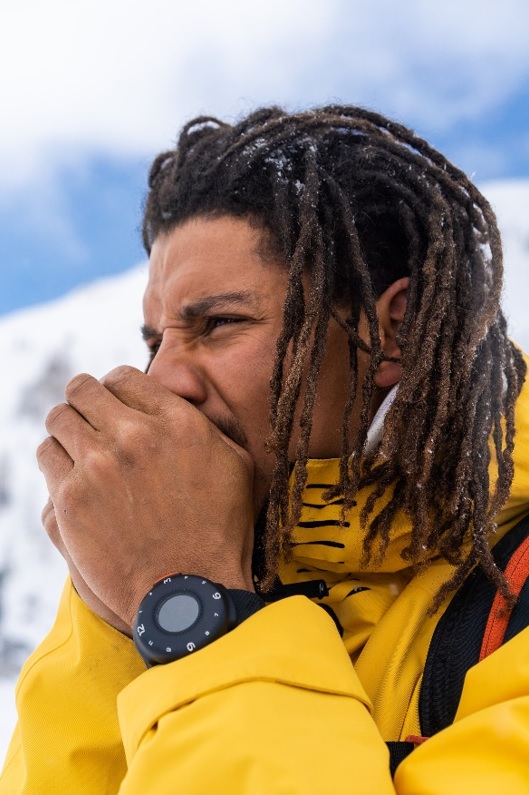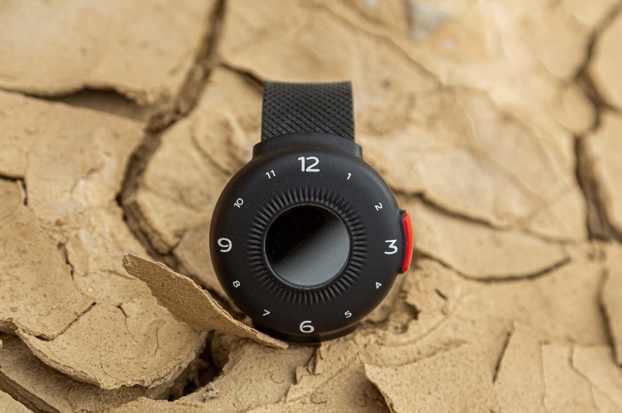
Into the wild and free without fear of getting lost
Success
stories

Big adventures challenge us. We can learn to go further, test our limits, and push ourselves to the next level, especially when it comes to extreme sports. It’s a thin line between pumping adrenaline and scary situations. Belgian start-up LifeLine srl. brings together both the desire for adventure and the need for safety. Whether it’s hiking in the Alps, canyoning in France or running in very remote areas, people are often faced with a lack of broadband internet access or even cellular connectivity. The wrist-wearable O-BOY solves the problem of connectivity when it is needed most.
Unlike competitors’ solutions, LifeLine does not require the user to carry a smartphone with them to connect thier smartwatch. Their target group of outdoor and sports enthusiasts don’t want their leisure time to be disturbed by notifications. In addition to showing the time, their wearable focuses on three specific services: GETME, to share the wearer’s position, RESCUEME to send an emergency signal and TRACKME, to live-track the user’s position. The complete solution consists of the wearable, a mobile app, and an online platform.
Extreme sports often go hand in hand with extreme (weather) conditions. O-BOY is light-weight (40g) and IP68 certified to be dustproof, waterproof and shockproof. The size of 50 mm diameter is comparable to well-known smartwatches. In addition to that, it can be used in a temperature range of 50 to -20°C.

Two satellite networks
While the positioning of the device is handled via GNSS, the communication backlink is established via satellite communication. The dual usage is achieved with the help of an omnidirectional satellite antenna. O-BOY is not only a wearable or a personal location beacon, it is both. The communication backlink is achieved via a service from the private operator Globalstar, which operates a constellation of 48 satellites with almost global coverage (apart from the poles). Compared to others, Globalstar can achieve data transfer rates of 9.600 Baud.
Low-energy consumption
Unlike most smart-watches, one battery charge lasts for up to 20 days on standby and 48 messages or track points can be sent. Additional energy efficiency is achieved through the use of the simplex-mode satellite communication. The downside of this is that users don’t receive a confirmation that the data has been received. Charging the lithium battery is done wirelessly via QI chargers, with the full charge being achieved within 64 minutes.
Galileo to the Rescue
The precision of Galileo is of the utmost importance for adventurers when 1 meter can make the difference between life and death. The multi-constellation chip and omni-directional antenna offers the best chance at survival when an explorer is stranded in an area with little line of sight to the skies. The precision offered by the Galileo Search & Rescue (SAR) service means that an adventurer that fell in a canyon or is stranded in a mountain crevice can accurately send their location via the O-BOY, supported by a private EOCC (Emergency Operations Coordination Center), in addition to Globalstar SatCom connectivity. This means improved chances of being located precisely and rescued on time.